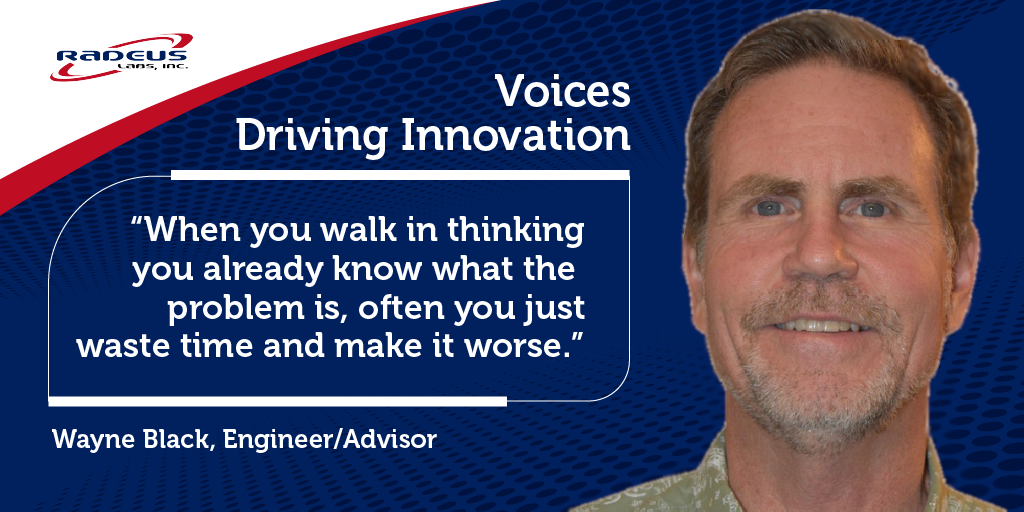In high-stakes SATCOM projects, there’s no margin for error. When your mission profile calls for tracking accuracy down to ten-thousandths of a degree across GEO, MEO, and LEO, the difference between success and costly rework comes down to one thing: control.
That’s exactly the challenge a U.S. program faced when it needed to bring multiple large-diameter antennas online at a new teleport facility. The requirements were daunting: quad-motor elevation synchronization, dual azimuth drives, unpredictable wind loading, and a non-standard pedestal design. The original vendor couldn’t deliver on time, or at spec.
Enter Radeus Labs.
From Integrator to Engineering Partner
Rather than drop in a generic off-the-shelf system, Radeus Labs stepped in with its RL-9000 ACS platform and a philosophy: adapt the system to the mission, not the other way around. The engagement wasn’t just about shipping hardware, it was about embedding with the prime contractor and antenna OEM to solve problems in real time.
Over the course of an eight-week on-site effort, Radeus engineers fine-tuned quad-motor elevation control, balanced massive reflector inertia, and developed a custom scheduler application to coordinate signal acquisition across multiple antennas. The result? Two fully deployed, mission-ready systems and a repeatable deployment model for future sites.
Why It Matters for SATCOM Professionals
If you’ve been around the industry, you know the pain:
-
Unforgiving accuracy requirements that expose the limits of standard controllers.
-
Unique pedestal designs that force expensive redesigns or compromise performance.
-
Environmental load factors (wind, flex, temperature) that don’t show up in lab conditions but wreak havoc in the field.
-
Integration deadlines that don’t leave room for trial and error.
This case study walks through how Radeus Labs met those challenges head-on, from hardware adaptations to software innovations, proving that precise, adaptable control is achievable, even under extreme conditions.
Who Should Read This Case Study
If you’re a program manager responsible for delivery timelines, a systems engineer wrestling with multi-motor motion control, or a contractor competing for high-performance antenna deployments, this story was written with you in mind.
👉 Read the full case study to see how Radeus Labs turned a high-risk SATCOM challenge into a proven, repeatable success, and what it means for your next project.

.png)



